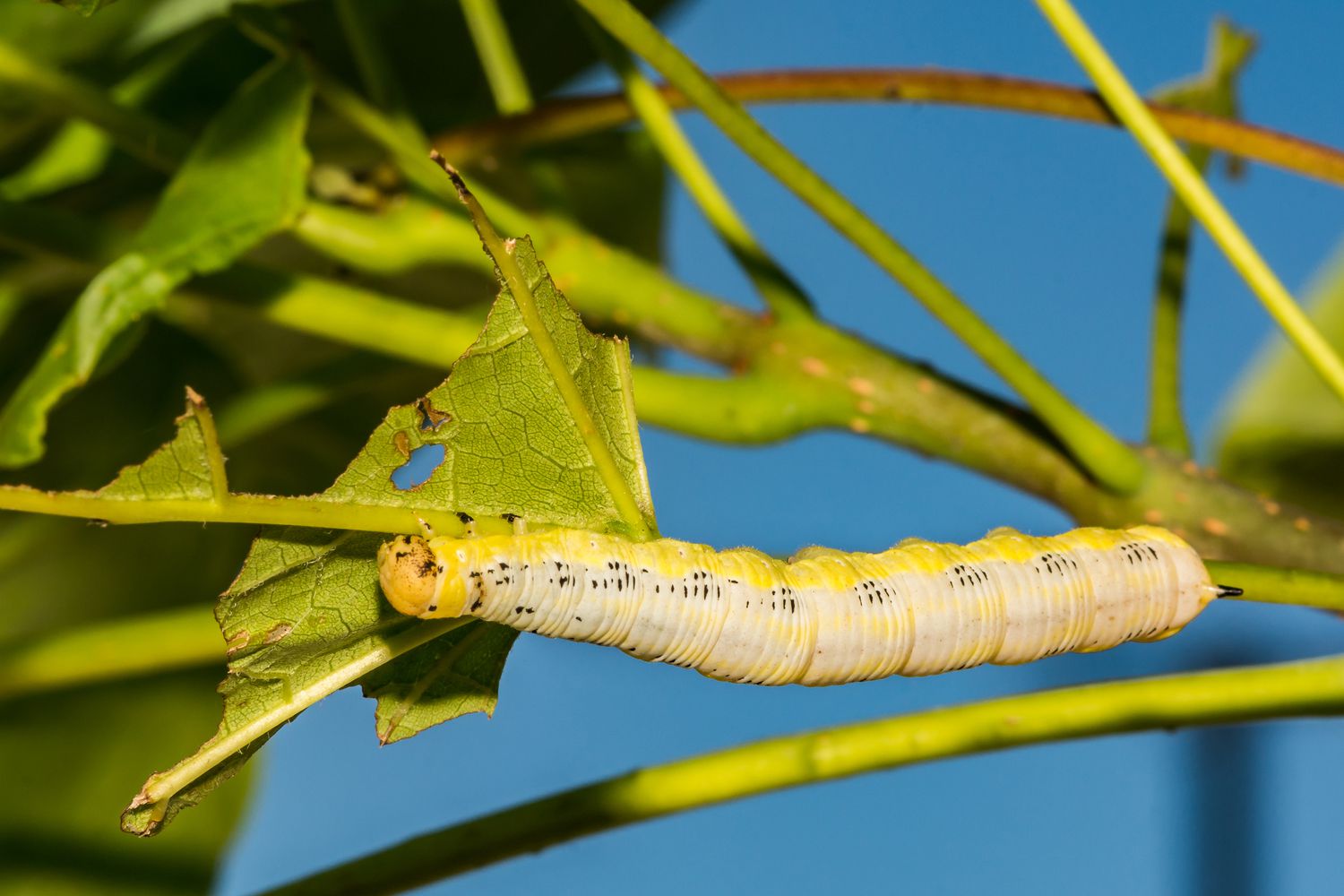Fishing enthusiasts are always on the lookout for effective bait, and among the myriad options available, Catawba worms hold a special place. Known for their attractiveness to various fish species, these worms can significantly enhance your fishing experience. This guide aims to provide an in-depth understanding of Catawba worms, from their biology and habitat to their usage in fishing. Whether you are a seasoned angler or a beginner, this article will equip you with the knowledge to use Catawba worms effectively.
Introduction to Catawba Worms
Catawba worms, scientifically known as Ceratomia catalpae, are the larval stage of the Catalpa Sphinx moth. They are commonly found on catalpa trees, where they feed on the leaves. These worms are highly prized by anglers for their effectiveness as fishing bait. They have a distinct appearance, characterized by their green or yellow bodies with black stripes running lengthwise. Their unique coloration makes them easy to identify, and their wriggling motion underwater makes them irresistible to fish.
The use of Catawba worms in fishing dates back generations. Anglers have long recognized their potential to attract a variety of fish species, including bass, bream, and catfish. The worms’ natural scent and movement in the water mimic the actions of prey, making them an ideal choice for bait. Additionally, their ease of storage and maintenance makes them a convenient option for fishermen.
Biology and Habitat of Catawba Worms
Catawba worms are the larvae of the Catalpa Sphinx moth, a species native to North America. The adult moths lay their eggs on the underside of catalpa tree leaves, where the larvae hatch and begin to feed. These worms go through several instar stages, growing larger and more distinctive in coloration with each molt. Their feeding activity can sometimes be so intense that it leads to the defoliation of catalpa trees.
Catalpa trees, particularly the Southern Catalpa (Catalpa bignonioides) and the Northern Catalpa (Catalpa speciosa), are the primary hosts for Catawba worms. These trees thrive in warm, humid environments and are commonly found in the southeastern United States. The presence of Catawba worms is usually seasonal, with peaks in late spring and early summer. However, in regions with milder climates, they may appear throughout the growing season.
For anglers looking to harvest their own Catawba worms, it is essential to identify healthy catalpa trees and monitor them for signs of worm activity. The worms are usually found in clusters on the undersides of leaves, and their feeding damage is a clear indicator of their presence. Collecting Catawba worms is relatively simple; they can be gently removed from the leaves and stored for later use.
Using Catawba Worms as Fishing Bait
The effectiveness of Catawba worms as fishing bait lies in their natural appeal to fish. Their movement and scent in the water attract a wide range of fish species, making them a versatile choice for anglers. Here are some tips on how to use Catawba worms effectively:
- Preparing the Worms: Before using Catawba worms as bait, it is essential to keep them alive and fresh. Store them in a cool, moist environment, such as a container with damp soil or leaves. This helps maintain their vitality and movement, which are crucial for attracting fish.
- Hooking the Worms: To maximize the effectiveness of Catawba worms, it is important to hook them correctly. Thread the worm onto the hook, ensuring that it is securely fastened but still able to wriggle freely. This movement mimics the actions of prey and entices fish to strike.
- Choosing the Right Tackle: The type of tackle you use can also impact the effectiveness of Catawba worms. Light to medium tackle is generally recommended, as it allows for better control and sensitivity. This helps you detect bites more easily and increases your chances of a successful catch.
- Fishing Techniques: Catawba worms can be used in various fishing techniques, including bottom fishing, float fishing, and casting. Experiment with different methods to find what works best for the fish species you are targeting. Pay attention to the water conditions and adjust your approach accordingly.
Advantages of Using Catawba Worms
Using Catawba worms as fishing bait offers several advantages:
- Natural Attractant: The worms’ natural scent and movement are highly attractive to fish, increasing your chances of a successful catch.
- Versatility: Catawba worms can be used to catch a wide range of fish species, making them a versatile bait option for anglers.
- Ease of Use: The worms are easy to hook and maintain, making them a convenient choice for both novice and experienced anglers.
- Sustainability: Harvesting Catawba worms from local catalpa trees can be a sustainable and cost-effective way to obtain bait.
Challenges and Considerations
While Catawba worms are an excellent bait option, there are some challenges and considerations to keep in mind:
- Seasonality: The availability of Catawba worms is seasonal, with peaks in late spring and early summer. This can limit their availability at certain times of the year.
- Tree Health: Over-harvesting of Catawba worms can negatively impact the health of catalpa trees. It is important to collect worms responsibly and avoid excessive defoliation.
- Storage: Keeping Catawba worms alive and fresh requires proper storage conditions. Failing to do so can reduce their effectiveness as bait.
- Competition: In areas where Catawba worms are popular, there may be competition from other anglers. It is important to respect local regulations and harvesting guidelines.
Conclusion
Catawba worms are a valuable asset for any angler looking to improve their fishing success. Their natural appeal to fish, ease of use, and versatility make them an excellent choice for bait. By understanding their biology, habitat, and effective usage techniques, you can make the most of these remarkable worms. Whether you are harvesting them yourself or purchasing them from a supplier, Catawba worms can significantly enhance your fishing experience. Happy fishing!
Q&A
1. What makes Catawba worms valuable for anglers?
Catawba worms are valuable for anglers due to their natural appeal to fish, ease of use, and versatility. They are an excellent choice for bait and can significantly enhance fishing success when used correctly.
2. How can understanding the biology of Catawba worms improve fishing?
Understanding the biology of Catawba worms, including their habitat and behavior, helps anglers use them more effectively as bait, increasing the chances of attracting fish and improving overall fishing success.
3. Can I harvest Catawba worms myself?
Yes, you can harvest Catawba worms yourself if you know their habitat and the proper techniques for collecting them. Alternatively, you can also purchase them from a supplier.
4. What are some benefits of using Catawba worms as bait?
Catawba worms are an effective bait choice because they naturally attract fish, are easy to use, and can be applied in various fishing scenarios, making them versatile and reliable for anglers of all skill levels.
5. How can Catawba worms enhance my fishing experience?
Catawba worms can enhance your fishing experience by increasing the likelihood of attracting and catching fish. Their natural appeal and ease of use make them a great addition to any angler’s bait selection.

